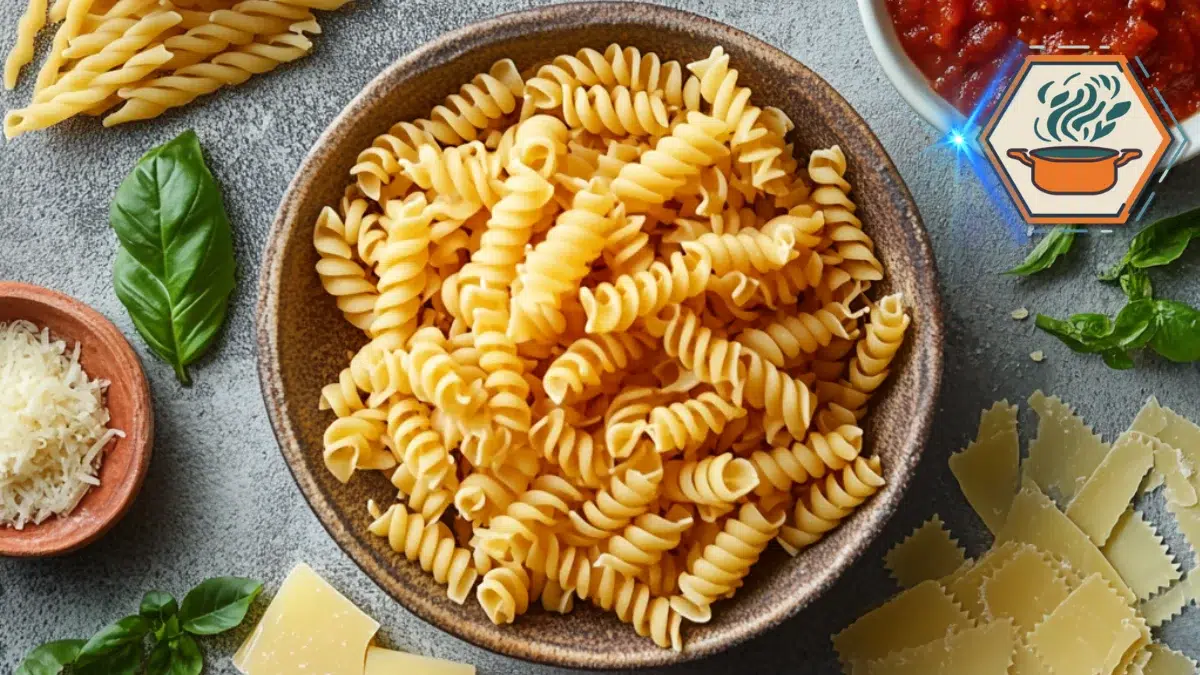Time to read:13 minutes
Table of Contents
Introduction
What is Gigli Pasta?
Brief Overview of Gigli Pasta
Gigli pasta, also known as campanelle, is a uniquely shaped Italian pasta that translates to “lilies” or “bells” in Italian. Its design resembles a small bell or flower with ruffled edges, making it not only visually appealing but also perfect for holding sauces and toppings. This pasta is often associated with Tuscany, where it is considered a regional specialty.
Gigli pasta is versatile and works well in various dishes, from creamy sauces to hearty baked recipes. Unlike other pasta types, its intricate design provides an elegant look, making it popular for formal dinners or special occasions.
Why It’s a Unique Pasta Shape
The beauty of Gigli lies in its design. Its ruffled edges and hollow center make it ideal for trapping sauces, ensuring every bite is flavorful. This unique feature sets it apart from simpler pasta shapes like spaghetti or penne. Its floral inspiration also makes it a favorite among chefs looking to add aesthetic appeal to their dishes.
Gigli pasta is not just about its looks. Its texture is perfect for absorbing flavors, whether you’re working with creamy Alfredo, robust tomato sauces, or even light pesto. This versatility has helped it gain popularity outside of Italy.
The Origin of the Name “Gigli”
The name “Gigli” comes from the Italian word for lilies, which are the symbol of Florence. The shape is said to be inspired by the Florentine lily, a historic emblem of the city. This connection gives Gigli pasta a cultural significance, tying it to the rich culinary traditions of Tuscany.
Florence has long been a hub for art and cuisine, and Gigli pasta reflects this heritage. The delicate and intricate shape of this pasta mirrors the craftsmanship for which Florence is famous. This regional pride makes Gigli more than just a meal—it’s a tribute to Italian artistry.
Focus Keyphrase in the Culinary World
Importance of Knowing Pasta Types
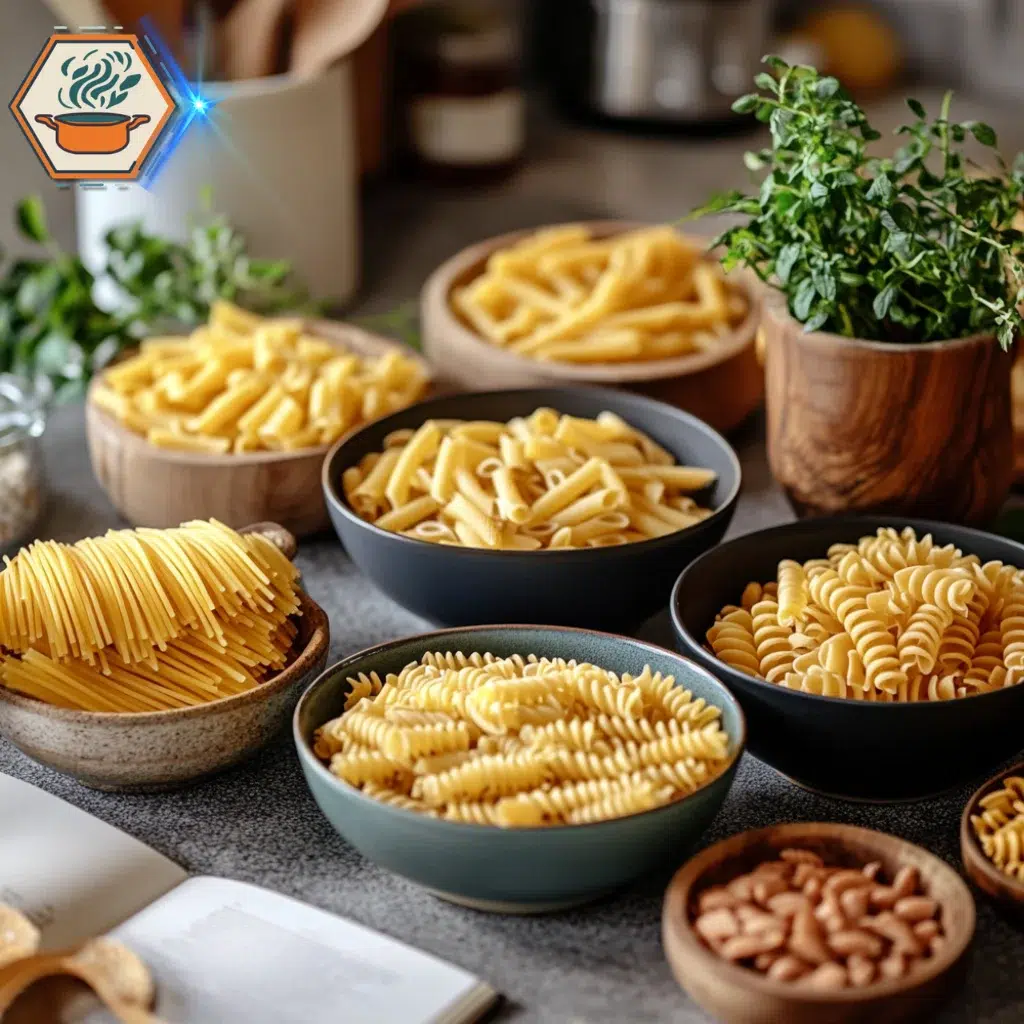
Understanding different types of pasta is essential for creating the best dishes. Each pasta shape has a purpose, enhancing specific sauces and ingredients. Ruffled pasta, with its unique ruffles, excels at holding thicker sauces and small ingredients like peas or pancetta.
Choosing the right pasta ensures your dish has the correct texture and flavor balance. For instance, Gigli works beautifully in baked pasta dishes, where its shape retains structure during cooking. Knowing when to use Gigli versus other types like fusilli or farfalle can elevate your cooking.
Popularity of Gigli Pasta Among Chefs and Food Enthusiasts
Gigli pasta has become a favorite among chefs and food lovers worldwide. Its aesthetic appeal makes it a popular choice for both home cooks and restaurants. The ability to pair with diverse sauces further enhances its reputation.
Many food bloggers and culinary experts recommend Gigli for its versatility. Whether it’s used in creamy chicken pasta or tossed with roasted vegetables, Gigli delivers both taste and presentation.
Chefs also praise Gigli for its ease of use. Unlike some intricate pasta shapes, it cooks evenly, ensuring consistent results. Its growing popularity in international cuisine highlights its adaptability across cultures.
How to Choose and Cook Gigli Pasta
Selecting the Best Quality Gigli Pasta
Fresh vs. Dry Gigli Pasta: Pros and Cons
Choosing between fresh and dry Gigli pasta depends on your needs and preferences. Fresh Gigli pasta, often made locally or handmade, offers a soft texture and is ideal for dishes requiring shorter cooking times. However, it has a shorter shelf life and requires refrigeration.
Dry Ruffled pasta is more widely available and easier to store, lasting for months in a cool, dry pantry. It holds up well in rich sauces and baked dishes due to its firmer texture when cooked. For an authentic Italian meal, opt for high-quality dry pasta made from durum wheat semolina, as it better retains its shape and bite during cooking.
How to Spot Authentic Gigli Pasta
Authentic Gigli pasta is crafted with durum wheat, known for its high protein content. Look for certifications such as “IGP” (Indicazione Geografica Protetta) on the packaging, which indicates that the pasta was made in a specific region of Italy following traditional methods.
Examine the pasta’s surface: high-quality dry Gigli pasta will have a slightly rough texture, which helps sauces adhere better. Avoid pasta with a too-smooth or shiny appearance, as it may not hold sauces as effectively.
Cooking Techniques for Gigli Pasta
Best Cooking Methods for Perfect Texture
To achieve the perfect al dente texture for Gigli pasta, follow these steps:
- Use Plenty of Water: Boil at least 4 liters of water for every 500 grams of pasta. This prevents the pasta from clumping together.
- Add Salt Generously: Use 1-2 tablespoons of salt per liter of water to enhance the flavor of the pasta.
- Stir Frequently: Stir within the first minute to prevent sticking.
- Taste Test: Begin tasting a minute before the recommended cooking time. Gigli pasta is ready when it is firm to the bite.
- Reserve Cooking Water: Before draining, save a cup of the starchy pasta water. It can be used to adjust the consistency of your sauce.
Common Mistakes to Avoid
- Overcooking: Gigli pasta can quickly become mushy. Always aim for al dente.
- Skipping the Stir: Unstirred pasta can stick together, especially fresh varieties.
- Underseasoning the Water: Unsalted water will result in bland pasta.
- Rinsing Cooked Pasta: This washes away the starch that helps the sauce cling to the pasta.
Pairing Gigli with the Right Ingredients
Ideal Sauces and Pairings
Gigli pasta’s unique fluted shape is perfect for catching sauces. Ideal pairings include:
- Cream-Based Sauces: Alfredo or a light Parmesan cream sauce.
- Tomato-Based Sauces: A classic marinara or arrabbiata.
- Pesto: Traditional basil pesto clings beautifully to the pasta’s ridges.
Vegetables, Proteins, and Herbs That Complement Gigli Pasta
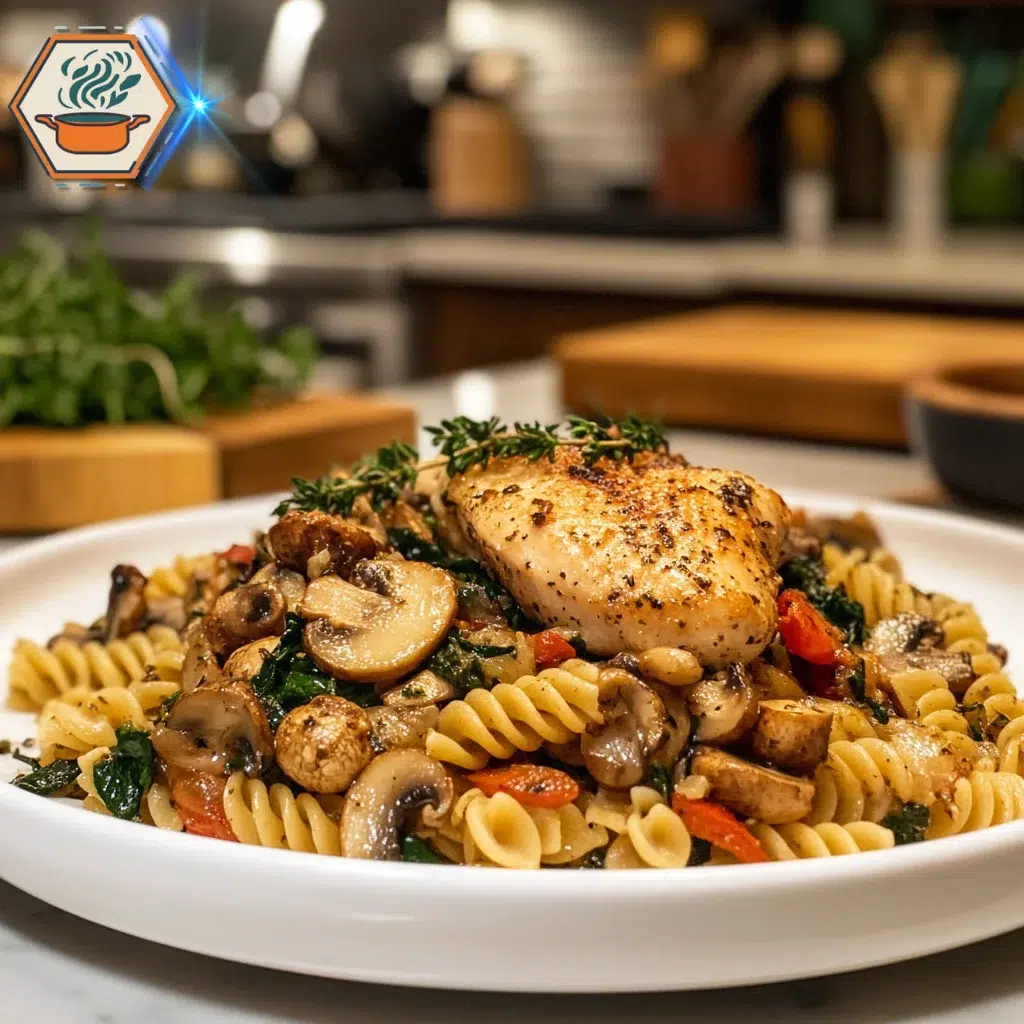
Enhance your dish by incorporating complementary ingredients:
- Vegetables: Zucchini, cherry tomatoes, spinach, or roasted bell peppers.
- Proteins: Grilled chicken, shrimp, or Italian sausage.
- Herbs: Basil, parsley, and oregano add freshness and aroma.
Tips for Storing and Reheating Gigli Pasta
How to Properly Store Leftovers
To store leftover Ruffled pasta, follow these guidelines:
- Cool Completely: Allow the pasta to cool before storing.
- Use Airtight Containers: Transfer to an airtight container to prevent drying out.
- Refrigeration: Store in the refrigerator for up to three days.
Reheating Without Losing Texture
When reheating, avoid soggy or rubbery pasta with these tips:
- Stovetop: Reheat in a skillet with a splash of water or stock. Stir gently over medium heat until warmed through.
- Microwave: Use a microwave-safe dish and cover with a damp paper towel. Heat in short intervals, stirring between each.
- Oven: If reheating a baked dish, cover with foil and warm at 175°C (350°F) until heated.
Additionally, you can learn more about pasta authenticity standards by visiting Wikipedia’s page on Italian Pasta.
Nutritional and Dietary Aspects of Gigli Pasta
Nutritional Profile of Gigli Pasta
Gigli pasta is an eye-catching, fluted pasta shape often enjoyed for its aesthetics and versatility in recipes. But beyond its looks, it offers a variety of nutrients that make it a staple in many diets. Understanding the nutritional profile of Ruffled pasta can help you make informed decisions when incorporating it into your meals.
Macronutrients and Calories
A standard serving of cooked Gigli pasta (approximately 100 grams) contains:
- Calories: Around 157 calories
- Carbohydrates: Approximately 31 grams
- Protein: About 6 grams
- Fat: Roughly 1 gram
This composition makes Gigli pasta a carbohydrate-rich food, ideal for providing energy. Its low fat content adds to its appeal for those watching their fat intake.
How It Compares to Other Pasta Types
Compared to other pasta types, Ruffled pasta holds its own in terms of nutrients:
- Traditional Spaghetti: Similar calorie and carb content but slightly lower in protein.
- Whole-Grain Pasta: Higher in fiber and protein, making it a better option for sustained energy.
- Gluten-Free Pasta: Often made from rice or corn, which may have fewer proteins but are suitable for those with gluten intolerance.
When choosing a pasta, consider your dietary needs. For a higher protein intake, opt for whole-grain or legume-based pastas. Gigli pasta’s unique texture makes it ideal for dishes requiring a sturdy base, but it pairs well with a variety of sauces and toppings.
Health Benefits and Considerations
Is Gigli Pasta Healthy?
In moderation, Ruffled pasta can be a healthy addition to your diet. Its primary benefits include:
- Energy Source: High carbohydrate content makes it a quick energy booster.
- Versatility: Pairs with nutrient-rich vegetables, lean proteins, and healthy fats for balanced meals.
However, those managing blood sugar should monitor portion sizes due to its high glycemic index.
Gluten-Free and Whole-Grain Options
Ruffled pasta is traditionally made from wheat flour, making it unsuitable for individuals with celiac disease or gluten sensitivity. However, gluten-free versions are available, often made from:
- Rice flour
- Corn flour
- Quinoa flour
For those seeking additional health benefits, whole-grain Ruffled pasta offers:
- Higher Fiber Content: Supports digestive health.
- Increased Protein Levels: Helps in muscle repair and growth.
- Lower Glycemic Index: A better option for blood sugar control.
Ruffled pasta in Diet Plans
Gigli pasta fits into various dietary plans when consumed in appropriate portions:
- Mediterranean Diet: Combine with olive oil, tomatoes, and herbs.
- Plant-Based Diets: Use in dishes with legumes, vegetables, and dairy alternatives.
- Low-Fat Diets: Pair with lean protein like grilled chicken or fish.
For calorie-conscious individuals, mixing Ruffled pasta with spiralized zucchini or squash can reduce overall carb intake while maintaining volume.
Explore healthy pasta alternatives.
How to Incorporate Gigli Pasta in Balanced Meals
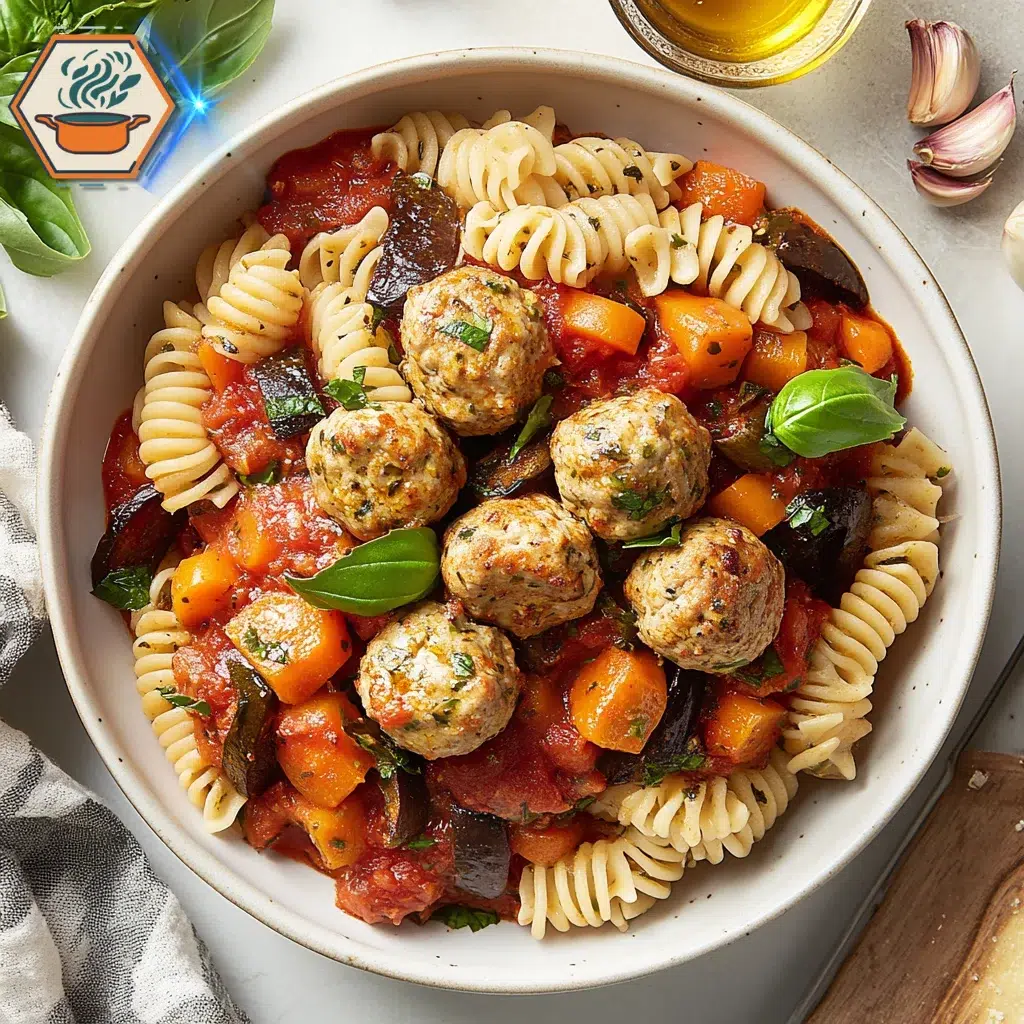
Gigli Recipes for Vegetarians and Vegans
Ruffled pasta’s unique shape makes it perfect for holding sauces and toppings, making it a favorite in vegetarian and vegan dishes. Some popular ideas include:
- Vegetarian Pesto Gigli:
- Ingredients: Basil pesto, roasted cherry tomatoes, and toasted pine nuts.
- Preparation: Toss cooked Gigli pasta in pesto, add toppings, and serve warm.
- Vegan Mushroom Stroganoff:
- Ingredients: Coconut cream, mushrooms, onions, and fresh parsley.
- Preparation: Sauté the vegetables, mix with cream and cooked pasta, and season with salt and pepper.
- Whole-Grain Gigli with Lentil Ragu:
- Ingredients: Lentils, tomato sauce, garlic, and olive oil.
- Preparation: Cook lentils with garlic and sauce, combine with pasta, and garnish with herbs.
Tips for Balanced Meals
To create a balanced meal with Ruffled pasta:
- Include vegetables: Add leafy greens, bell peppers, or broccoli.
- Add a protein source: Consider chicken, tofu, beans, or shrimp.
- Use healthy fats: Drizzle with olive oil or sprinkle with nuts and seeds.
Internal Link Opportunity
For more informations about Orzo and Acini di Pepe, check out Can you substitute orzo for acini pepe?
Final Thoughts
Gigli pasta can be a nutritious and delicious part of your diet when combined with wholesome ingredients. Its adaptability makes it suitable for many dietary preferences and lifestyles. Choose whole-grain or gluten-free varieties for added benefits, and always pair it with nutrient-rich accompaniments to enjoy a well-rounded meal.
Recipes and Serving Ideas: Classic Gigli Pasta Recipes
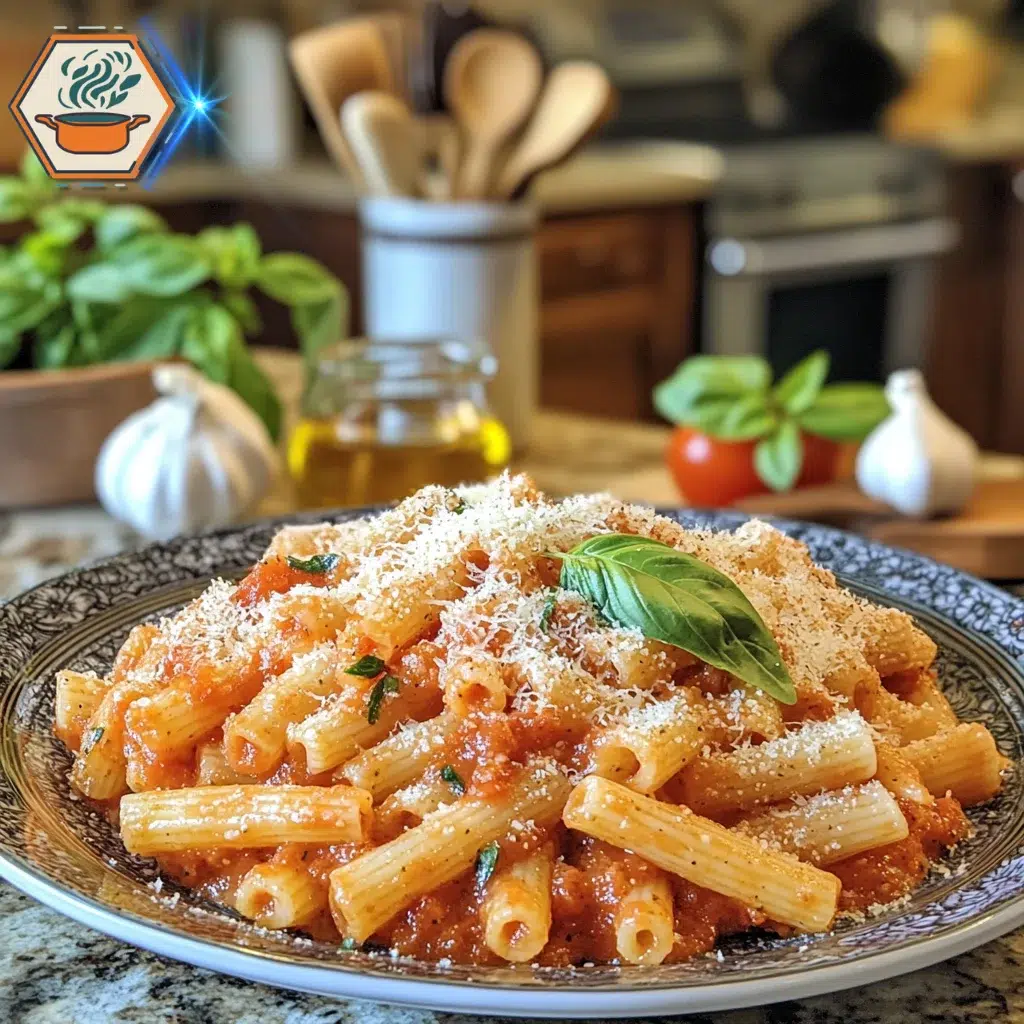
Ruffled pasta, with its beautiful bell-like shape, is a versatile ingredient that can elevate your meals. This section explores classic recipes and serving suggestions to help you make the most of this unique pasta. Whether you’re drawn to traditional Italian flavors or modern twists, there’s something here for everyone. Below are detailed guides, including step-by-step instructions, tips for creative dishes, and ideas for presenting your pasta in style.
Traditional Italian Dishes Featuring Ruffled pasta
Gigli pasta is rooted in Italian culinary tradition. Its unique shape holds sauces beautifully, making it ideal for classic recipes. Here are two timeless options:
1. Gigli with Tomato and Basil Sauce:
- Ingredients: Ruffled pasta, ripe tomatoes, garlic, fresh basil, olive oil, salt, and Parmesan cheese.
- Instructions:
- Cook the pasta in salted boiling water until al dente.
- Heat olive oil in a pan, sauté minced garlic, and add chopped tomatoes.
- Simmer the sauce until it thickens slightly, then season with salt.
- Toss the cooked pasta with the sauce and garnish with fresh basil and grated Parmesan.
2. Gigli Carbonara:
- Ingredients: Gigli pasta, pancetta, eggs, Pecorino Romano cheese, black pepper.
- Instructions:
- Cook the pasta in salted water.
- Sauté pancetta until crisp.
- Whisk eggs with grated Pecorino Romano and black pepper.
- Combine hot pasta with the pancetta, then slowly mix in the egg mixture to create a creamy sauce.
Pro Tip: Serve with a side of crusty bread and a glass of Chianti to complete the Italian experience.
Step-by-Step Guide for Homemade Gigli Pasta
Making Ruffled pasta from scratch is easier than it seems. Homemade pasta not only tastes better but also gives you the chance to customize the shape and flavor.
Ingredients:
- 2 cups all-purpose flour
- 3 large eggs
- A pinch of salt
Instructions:
- Place the flour on a clean surface, forming a well in the center.
- Crack the eggs into the well and sprinkle with salt.
- Gradually mix the flour into the eggs, forming a dough.
- Knead the dough for about 10 minutes until smooth.
- Let it rest for 30 minutes, covered with a damp cloth.
- Roll the dough thin and cut into small squares.
- Shape each square into a cone to mimic the Gigli design.
- Dry the pasta slightly before cooking.
Creative and Modern Gigli Dishes
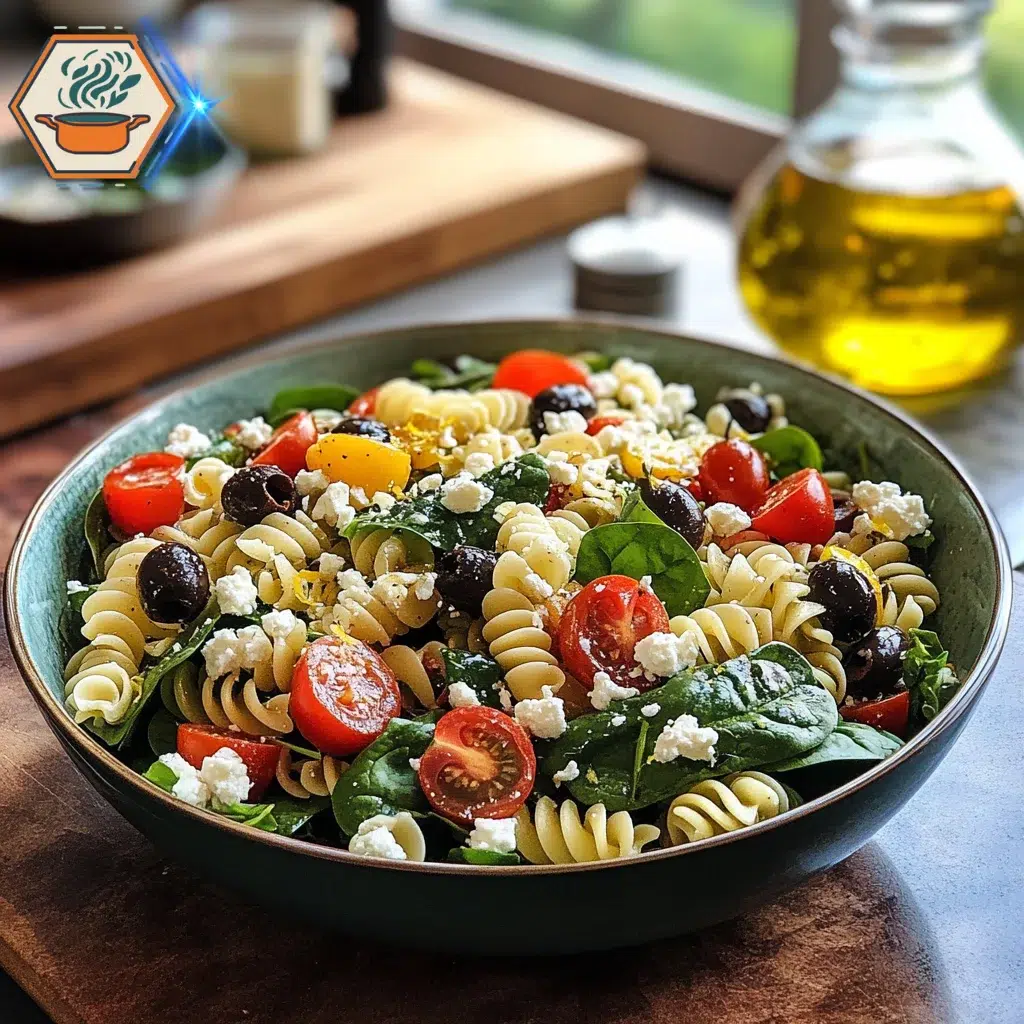
For those who love experimenting in the kitchen, Gigli pasta can serve as a canvas for creative flavors. Here are two unique ideas:
1. Gigli Salad for Light Meals:
- Toss cooked and cooled Gigli pasta with:
- Fresh spinach
- Cherry tomatoes
- Sliced black olives
- Feta cheese
- A lemon vinaigrette dressing.
2. Fusion Cuisine with Gigli Pasta:
- Incorporate Asian flavors by sautéing Gigli pasta with:
- Soy sauce
- Sesame oil
- Vegetables like bok choy and mushrooms
- Top with sesame seeds and green onions.
For more creative pasta dishes, visit Delish’s pasta recipes.
Serving Gigli Pasta for Special Occasions
Gigli pasta’s elegant shape makes it a stunning centerpiece for any special meal. Here are tips to make it unforgettable:
1. Gigli Pasta as a Showstopper at Dinner Parties:
- Use Gigli in a baked pasta dish with layers of creamy ricotta, marinara, and mozzarella.
- Serve individual portions in small ramekins for an upscale touch.
2. Presentation Tips to Impress Guests:
- Serve pasta on large white plates to highlight its shape.
- Garnish with fresh herbs and a drizzle of high-quality olive oil.
Frequently Asked Questions (FAQs)
Q1: Can I use Gigli pasta in soups?
- Yes, its shape holds up well in brothy soups, adding texture and flavor.
Q2: How do I store leftover Gigli pasta?
- Store in an airtight container in the refrigerator for up to three days. Reheat with a splash of water to prevent dryness.
Q3: Is Gigli pasta gluten-free?
- Traditional Gigli pasta is made from wheat, but you can find gluten-free versions made from rice or corn.
Quick Tips for Beginners:
- Always salt the pasta water generously.
- Don’t overcook Gigli; its texture is key to the dish’s appeal.
- Experiment with different sauces to find your favorite pairing.
Conclusion
Gigli pasta is a delightful addition to any pantry. Its versatility, unique shape, and ability to complement a variety of sauces make it a favorite among pasta lovers. Whether you’re cooking traditional Italian recipes, experimenting with modern dishes, or serving it at a special occasion, Gigli pasta always shines.

